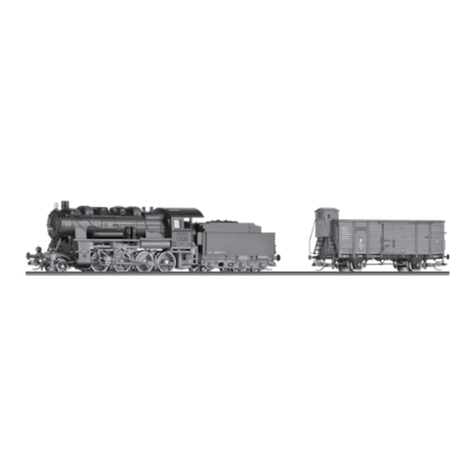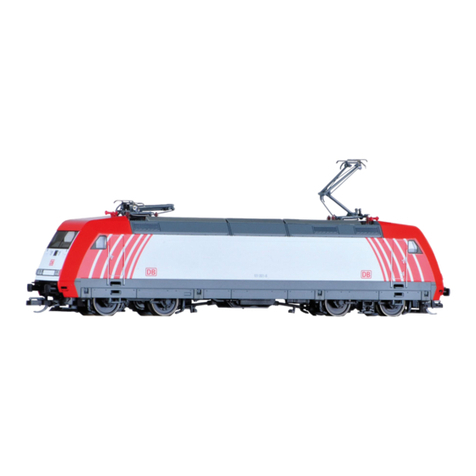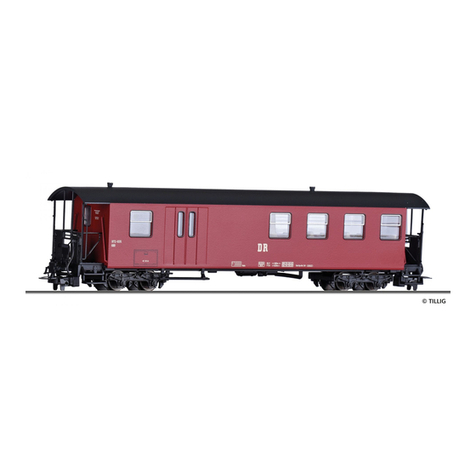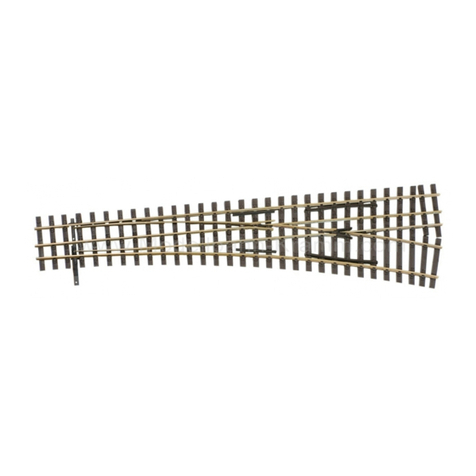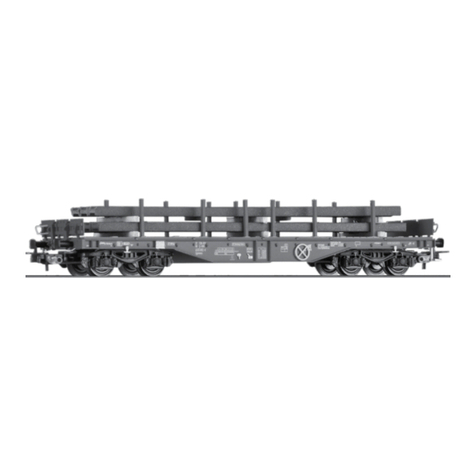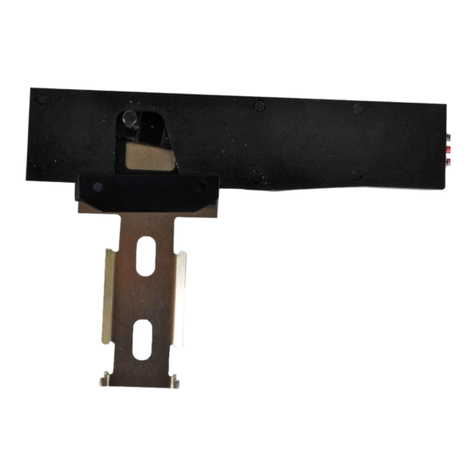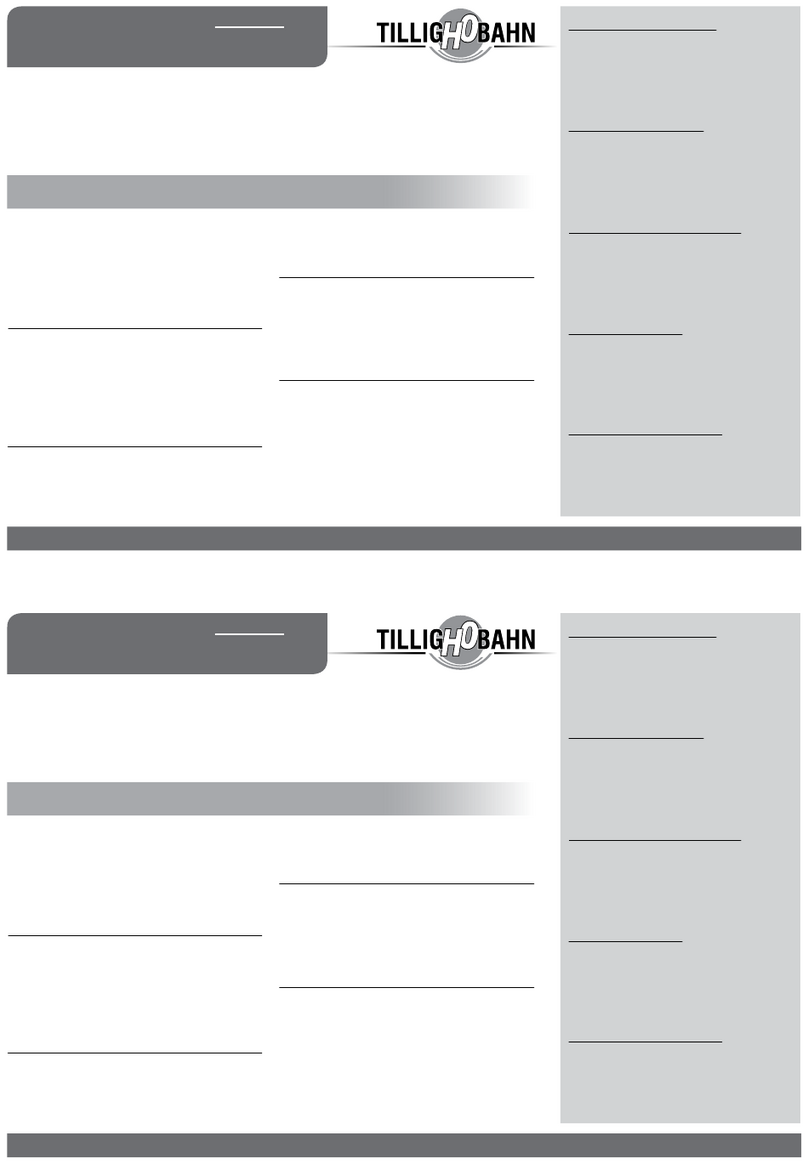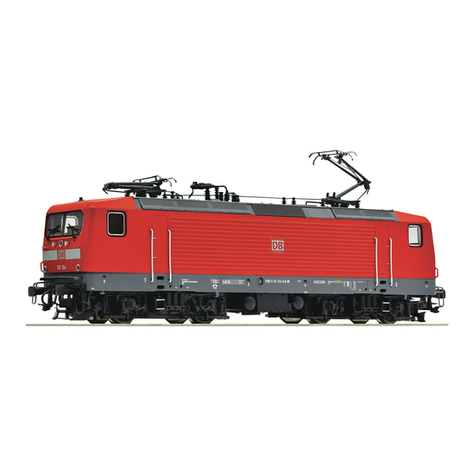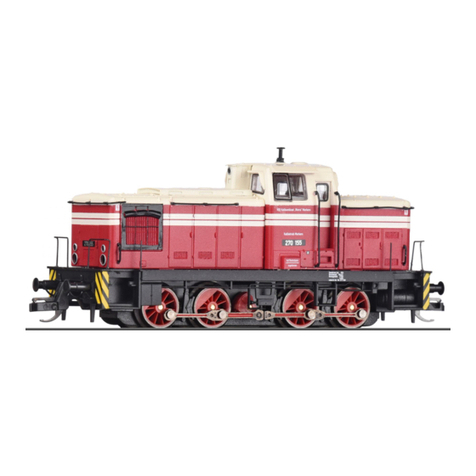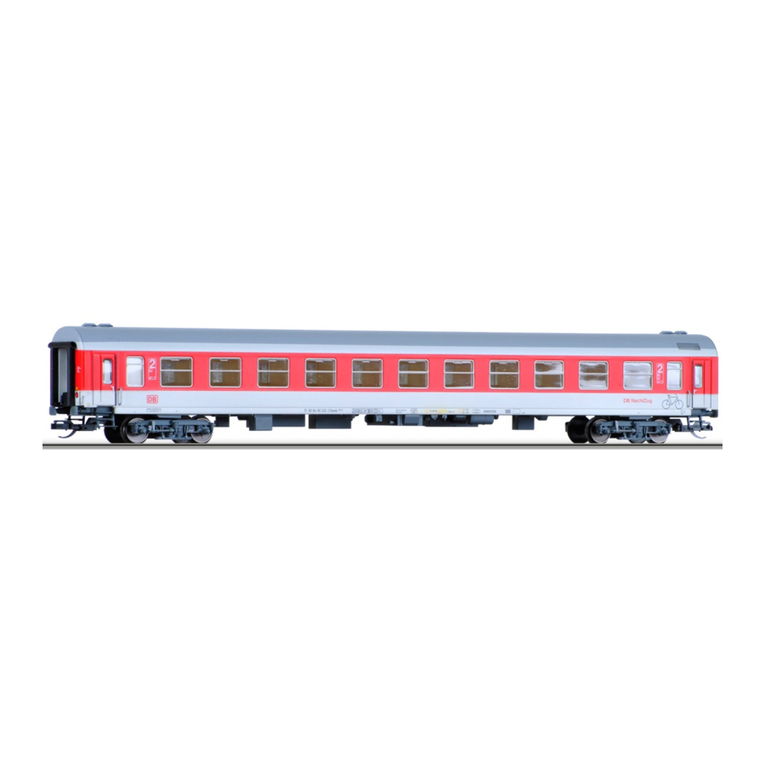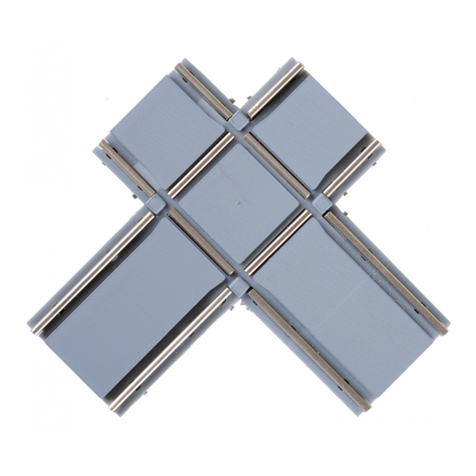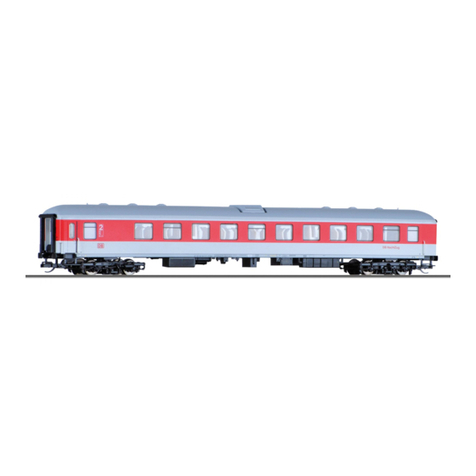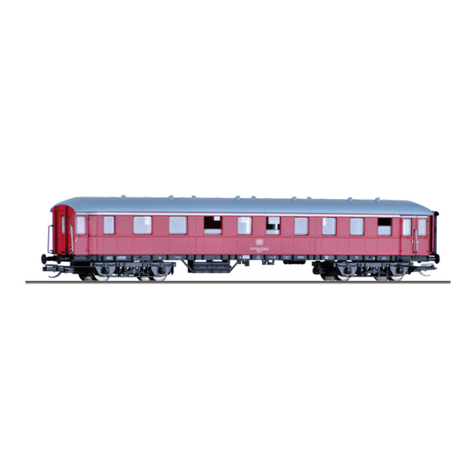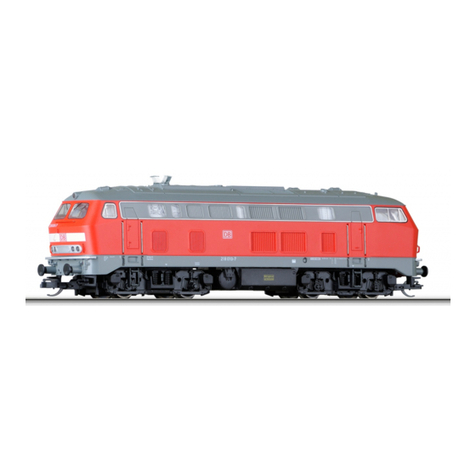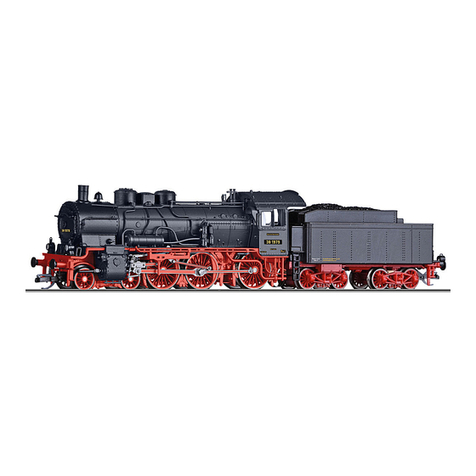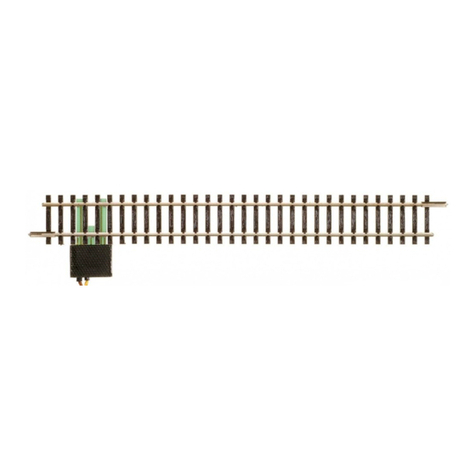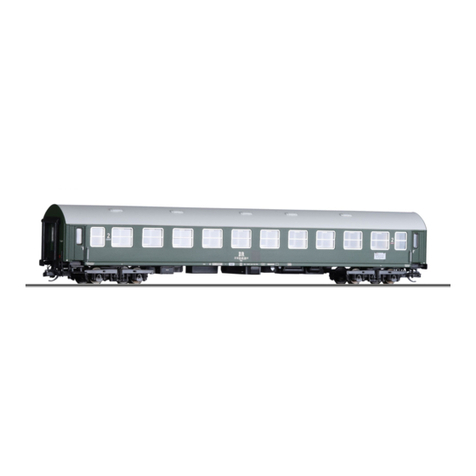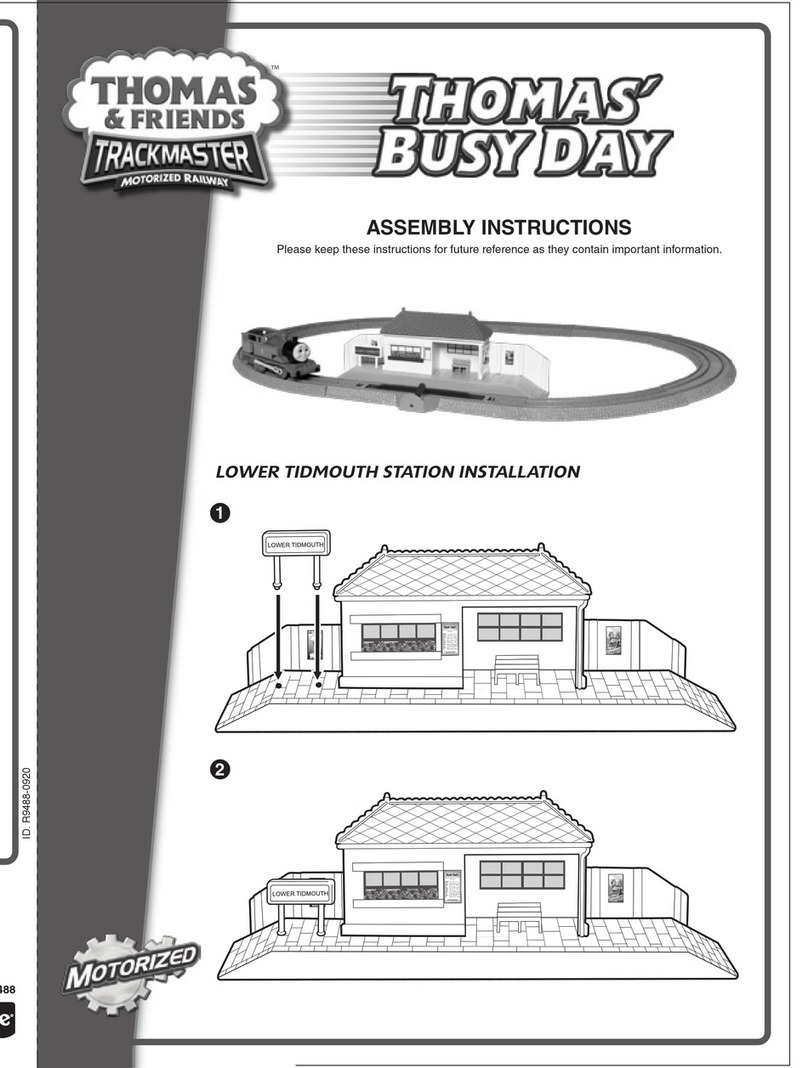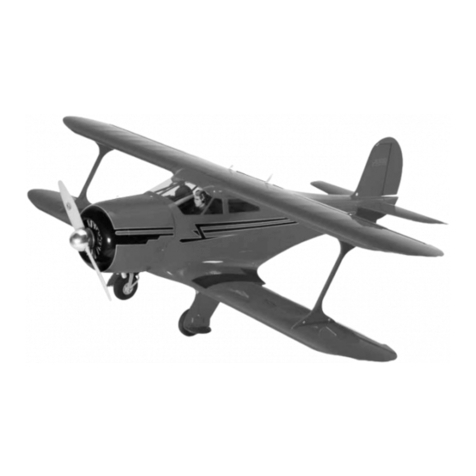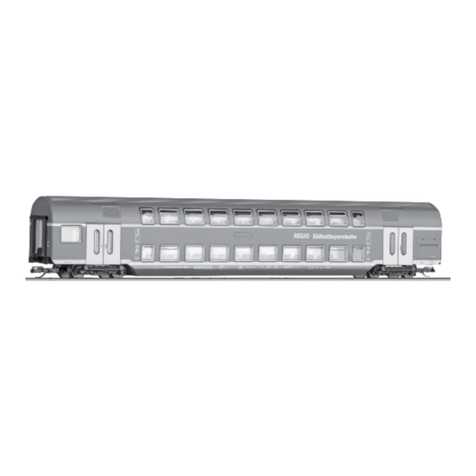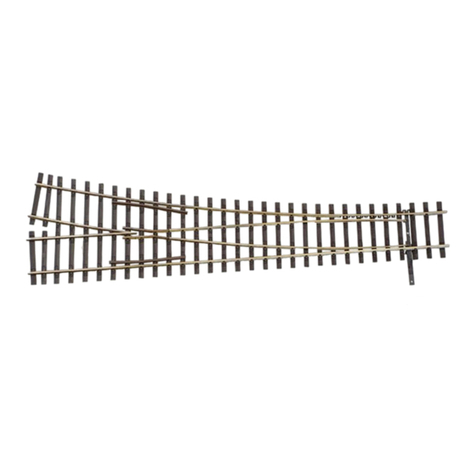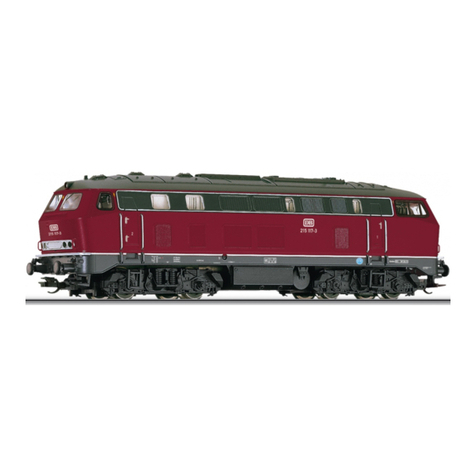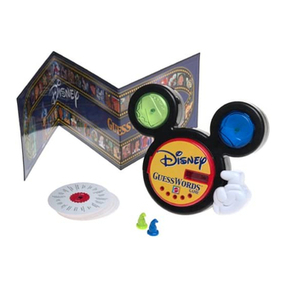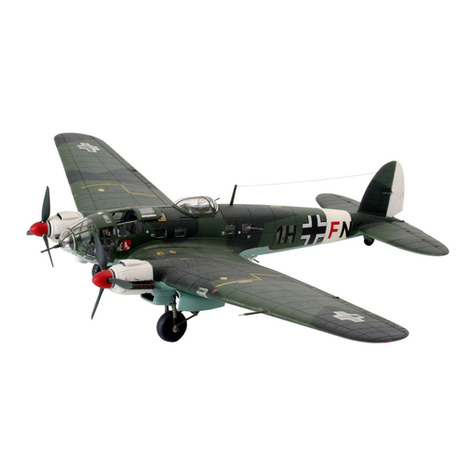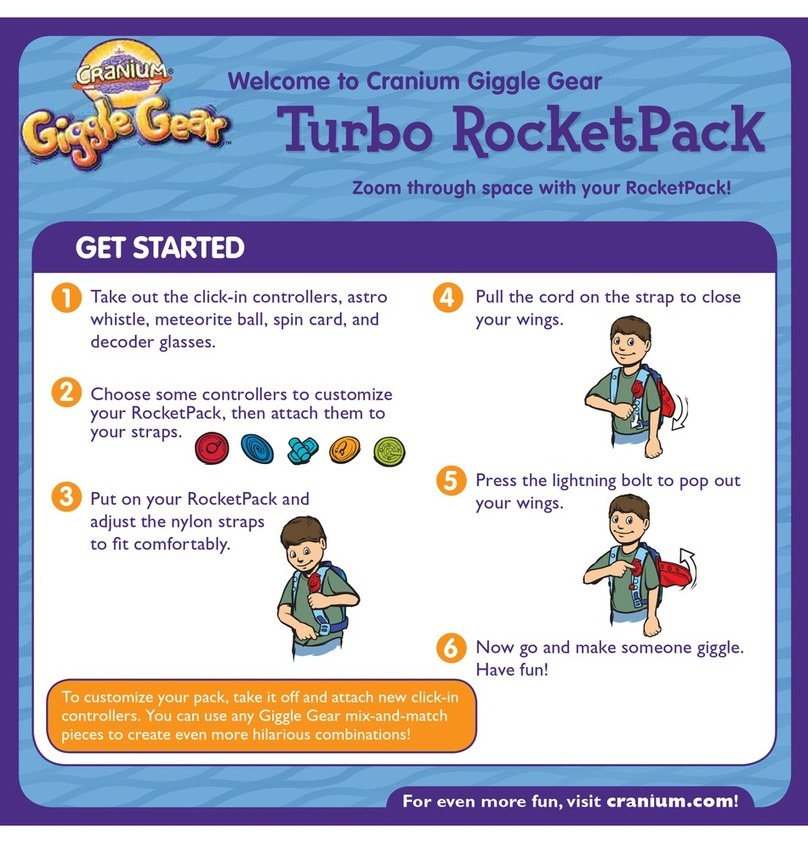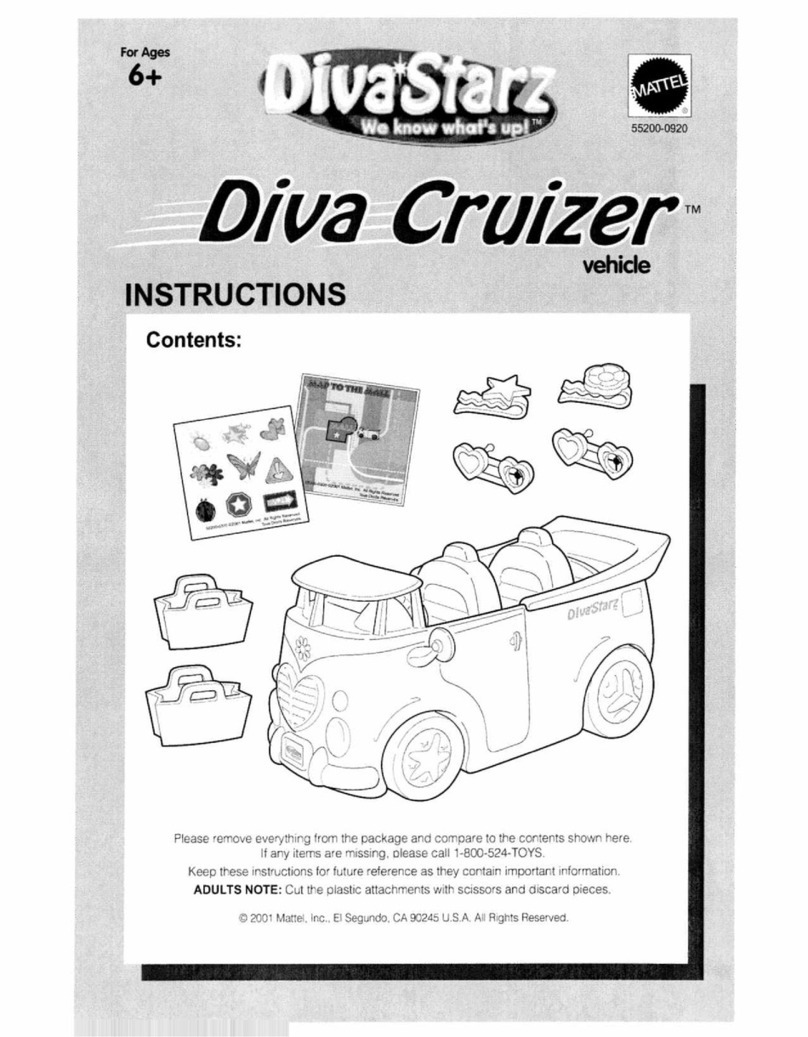
Güterwagen
H0-ELITE-EW 2
www.tillig.com / www.facebook.com/tilligbahn 368064 / 05.09.2019 1
Stückliste:
1 Stück – Schwellenband 1
1 Stück – Außenschiene li.
1 Stück – Außenschiene re.
1 Stück – Zunge li.
1 Stück – Zunge re.
2 Stück – Endschiene li.
2 Stück – Endschiene re.
1 Stück – Flügelschiene li.
1 Stück – Flügelschiene re.
Art.-Nr. 85422 – Bausatz Weiche links
Art.-Nr. 85423 – Bausatz Weiche rechts
Benötigtes Werkzeug:
Gleisschneider oder Minibohrmaschine mit Trenn-
scheibe, Schlüsselfeilen, Flachzange, Lötkolben,
Reißzwecken, Seitenschneider, Messschieber
Für das Standardsortiment der Eliteweichen kann als
Baugrundlage die Planungsmappe H0-Elite Art.-Nr.
09620 verwendet werden. Für den Bau von Bogenwei-
chen mit individueller Geometrie bieten die Weichen mit
dem Flexsteg-Schwellenverbinder die Möglichkeit, „Ihre“
gewünschte Weichenform zu realisieren. Dabei sollte
beachtet werden, dass ein Überbiegen als auch Über-
strecken der Schwellenroste schon aus Gründen einer
vorbildgerechten Darstellung vermieden wird.
Gestatten Sie noch einen Hinweis: Arbeiten Sie ohne
Zeitdruck und genau. Das Ergebnis, eine Weiche, die
hervorragende Fahreigenschaften bietet und optisch jede
Gleisanlage aufwertet, wird Ihnen viel Freude bereiten.
Allgemeiner Hinweis:
-
sprechend der Weichengeometrie vorzubiegen und an
den für die Stromabnahme vorgesehenen Stellen unten
am Schienenfuß zu blanken.
Montage:
Tools required:
Track cutter or mini-drill with cut-o wheel, needle
les, at-nosed pliers, soldering iron, thumbtacks,
side-cutting pliers, sliding calliper
For the standard assortment of Elite-Points, the plan-
ning folder H0-Elite Art.-No. 09620 can be used as a
basis for construction. To construct curved points (tur-
nouts) with their own individual geometry, the points
-
bility to set up “your” own desired point (turnout) form.
However, you should be careful to avoid over-bending
construction.
And allow us one more suggestion here: it is better
to work without time constraints, but with precision. The
-
tional handling characteristics and optically enhances
any track system, will provide you with all the more en-
joyment.
General notice: Prior to installing anything onto the
-
be bent in proportion to the point geometry and shined
at the points intended for power contact underneath on
the foot of the rail.
Assembly:
Outillage requis:
Coupe-rail ou mini perceuse avec disque à trancher,
limes à clés, pince plate, fer à souder, punaises,
pince coupante de côté, pied à coulisse
-
dard des aiguillages Elite. Pour la construction d’aiguilla-
-
de trop allonger les caillebotis des traverses pour obtenir
Encore une remarque: travaillez sans vous presser et
-
rera beaucoup de plaisir.
Remarque générale:
-
Montage:
Item no. 85422 – Point kit left
Item no. 85423 – Point kit right
Replacement parts list:
1 piece – Sleeper band 1
1 piece – Outer rail (l.)
1 piece – Outer rail (r.)
1 piece – Tongue (l.)
1 piece – Tongue (r.)
2 piece – End rail (l.)
2 piece – End rail (r.)
1 piece – Wing rail (l.)
1 piece – Wing rail (r.)
1 x Stellschwelle (beinhaltet
in GS Stelleinheit)
2 x Radlenker
4 x Strombrücken
2 x Isolierschienenverb.
2 x Schieneverb. brüniert
1 x GS Stelleinheit
1 x BAL
1 x Directional cross-tie
(included in GS height
adjustment unit)
2 x Wheel guide
4 x Electric bonds
2 x Insulating rail joiners
2 x Rail joiners bronzed
1 x GS height adjustment
unit
1 x BAL
Liste des pièces:
Réf. n° 85422 – Kit de construction aiguillage gauche
Réf. n° 85423 – Kit de construction aiguillage droite
2 x Rail de guidage
4 x Ponts de courant
2 x Connecteurs de rail d’isolation
2 x Connecteurs de rail d’isolation bruni
1 x Instructions de
service
1.
le bas à travers la grille des traverses sur les traverses
(P. 2 Illustr. 2 et 3)
2.
l’aiguillage, sur la voie existante.
3. -
commence au niveau de la 2e traverse. Celle-ci pointe
vers le milieu de la voie.
4.
5.
(P. 2 Illustr. 4)
6.
7.
8.
(P. 2 Illustr. 5)
9. Plier les crochets des aiguilles à la verticale à 90° vers
le bas. (P. 2 Illustr. 5)
10. -
me de l’aiguillage.
11.
12. Retirer l‘aiguillage de la voie (P. 2 Illustr. 2) et replier
-
13.
et les contre-rails et le raccorder au commutateur sans
14.
de guidage.
1. Aus den Neusilberstreifen werden U-förmige Strom-
brücken gebogen. Diese werden an den entspre-
chenden Schwellen von unten durch das Schwel-
lenrost gesteckt und je nach Einschubrichtung der
S. 2, Abb. 2 und 3
2. Das Schwellenrost, beginnend mit dem Weichenan-
fang, an das vorhandene Gleis anlegen.
3. Außenschienen vom Weichenausgang her so weit
an der Schwelle beginnt, diese zeigt dabei zur Gleis-
mitte.
4. Die Flügelschienen entsprechend der Weichengeo-
metrie biegen und anschließend in das Schwellen-
rost vom Weichenausgang her bis Anschlag ein-
schieben.
5. Die Hauptspitze des Herzstückes wird in der Regel
durch die Endschiene des Stammgleises gebildet.
Die Endschiene Stammgleis in das Schwellenrost
14,4 mm zum Ende der Flügelschiene. S. 2, Abb. 4
6. Die Endschiene Zweiggleis vorbiegen und so weit
einschieben, dass sich mit der Hauptspitze auf der
7. Stellschwelle in das Stellfach einschieben.
8. An den Zungenspitzen leichte Radien anbringen.
S. 2, Abb. 5
9. Die Zungenhaken senkrecht 90° nach unten biegen.
S. 2, Abb. 5
10. Weichenzungen entsprechend der Weichenform ggf.
vorbiegen.
11. Einschieben der Zungenschienen und die Zungen-
12. Weiche von dem Gleis (S. 2, Abb. 2) abziehen und
die Enden der Zungenhaken unterhalb der Stell-
schwelle um 90° zurück biegen.
13. Kabel zur Stromversorgung an dem Herzstück und
den Flügelschienen anlöten und mit dem potential-
-
triebes Art.-Nr. 86112 verbinden.
14.
der Radlenker.
1. A U-shaped electric bond is to be bending from the
nickel-silver strips. These are then to tuck through
from underneath at the respective ties and bend on
the insertion direction of the rails (p.2, g. 2 and 3).
2. Lay down the tie-rack with the beginning of the tur-
nout onto the pre-existing track.
3. Bend the branch rail according to the geometry of
the turnout. Push booth outer rails from the end of
the turnout into the ties (ironmongeries) until the
The recess area shows in the direction of the midd-
le of the turnout track.
4. Bend the wing rails according to the turnout geo-
metry. Push it into the ties from the end of the turn-
out until the end stop is reached.
5. The main point of the frog is normally formed by the
end rail of the main track. So push the end rail of
the main track into the ties from the turn-out. The
peak of the rail is on a distance from 14,4 mm to the
end of the wing rail (page 2, g. 4).
6. Bend the end rail of the branch track and push it
into the ties from the end side of the turnout so far
that a continuous edge is formed with the end rail
of the main track.
7. Insert the directional cross-tie (sliding sleeper) into
the space between the rails and the tie-rack.
8. Hone down the peak of the tongue (page 2, g. 5).
9. Bend the tongue hooks vertical 90° downwards
(page 2, g. 5).
10. If necessary, bend the tongue according to the geo-
metry of the turnout.
11. Push in the tongue and hook in the tongue hooks
into the directional cross-tie.
12. Bend back the ends of the tongue hooks by 90°
underneath the directional cross-tie. (page 2, g.2)
13. Solder the power supply cable onto the frog and
wing rails and connect them with the switch for frog
of the turnout-motor (item-no.: 86112).
14. Embed the turnout, align the rails and push the
wheel guide in.
DE GB FR




